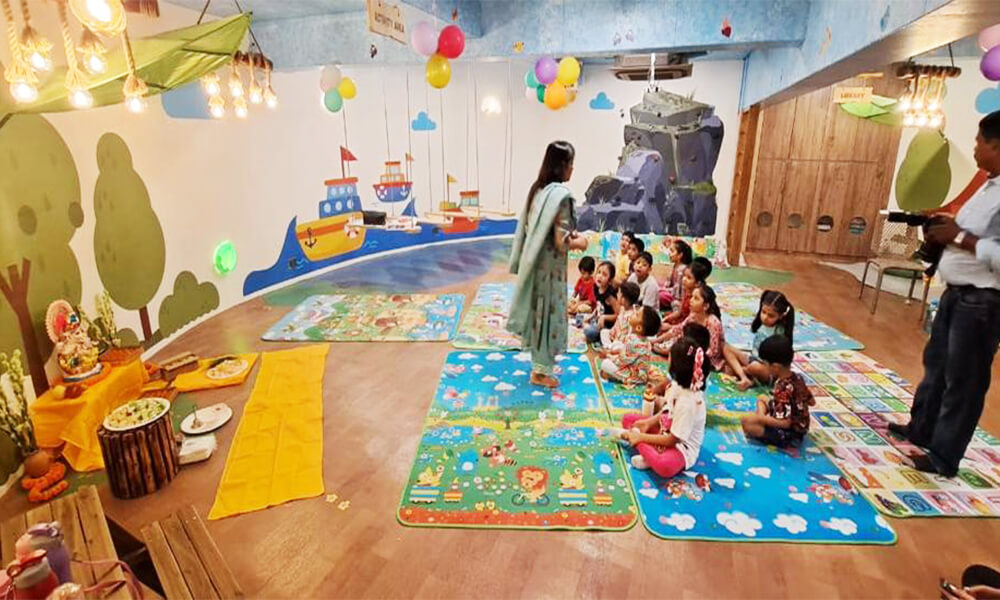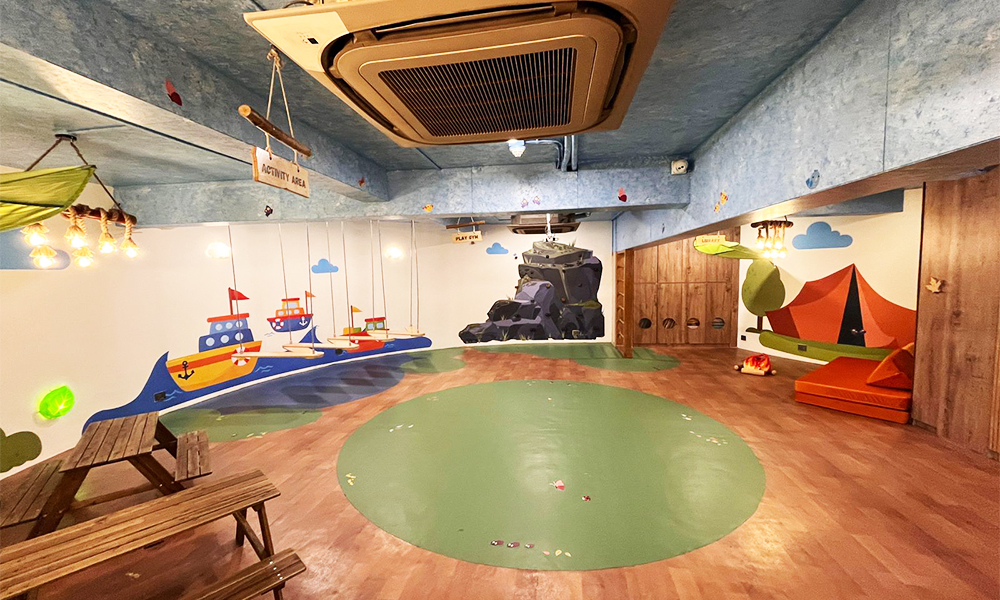At My FUNiture Story, we believe- Children are little humans in small bodies, often with big personalities – but always delicate , vulnerable and deeply affected by the world around them!
The places they go to, the people they meet, the interactions they face and the products they use – they absorb little learnings and influences from them all. As we grow up- we can often see how our personalities are a mix of so many little learnings, emotions and experiences we’ve had through our childhood.
Most children spend their time mainly at school and at home. The primary influences that children have are at school and at home through teachers, parents, friends and family.
The space a child spends time in, we believe, is always a very large passive influence on a child . The emotions of safety, familiarity, order, independence and confidence – are greatly influenced by the space the child is in.
Spaces scaled down to a child ’s height, door openings not too large, natural daylight through large windows make a child feel safe and in control. The familiarity of a space is a very important factor for a child to feel secure. The similar objects placed at home and in school could be one such example. Similarity in processes at home and at school is another measure to enhance the feeling of security.

Children between the age of 2 and 6 are very observant and also learn and absorb information like sponges! The sense of order and structure really helps them with their emotional stability and sows the seeds for their own habits of creating order and structure in their adult life.
Furniture, objects, toys, books placed at accessible heights, ergonomically designed for children, helps them maneuver through their activities confidently and independently.
Children from the age of about 4 years, start showing signs of readiness for independence. They like to dress themselves , eat themselves , play with themselves and carry pride when they can do it independently. When we create spaces to facilitate these activities for them to do independently, we foster the confidence in these little big people!
As these little people grow up into confident, independent adults, we can trace back the seeds of these personality traits being sown way back in their childhood – in their early social interactions, in the spaces they spend time, in the schools they go to and the observation they make of their role models – their parents and teachers to start with!


